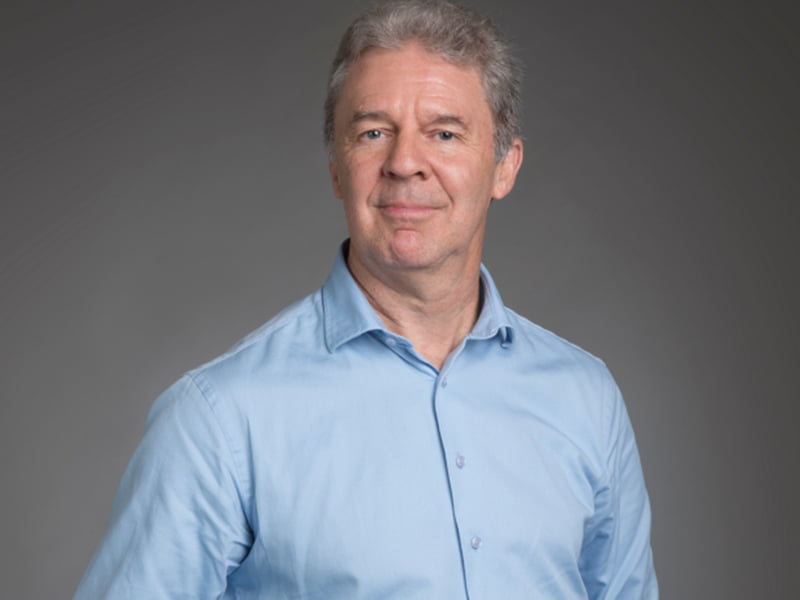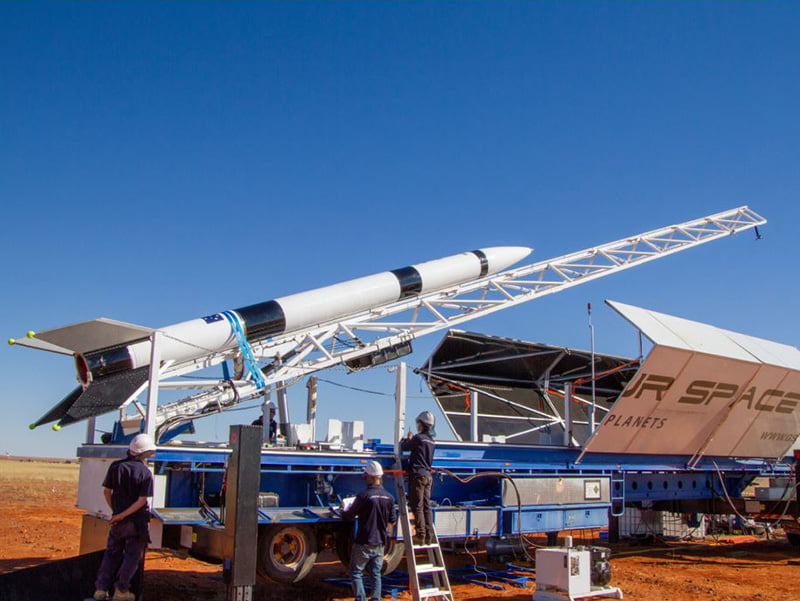It’s not quite a journey into the unknown, but Australia’s growing interest in the space sector has nonetheless taken the nation into new commercial frontiers. And deep-tech focused venture capital outfit Main Sequence has shown more interest than most.
It says something about the pace with which commercial space interests have been moving in this country that the possibility of an Australian-designed and manufactured satellite will likely be launched from Australian soil on an Australian designed and built rocket in the next few years.

This is a reality that might have been hard to say out loud just a few years ago. But a new generation of space entrepreneurs together with a federal government that has made space a priority – belatedly, some would say – is delivering results.
Main Sequence Ventures partner Martin Duursma has had a front row seat over the past four years in watching the local commercial space sector take shape, accelerated by the creation in 2018 of the Australian Space Agency.
In this episode of the Commercial Disco podcast, Martin Duursma talks about Australia’s decades-long involvement in space and the rich legacy of deeply held research expertise this has left across a variety of space-related disciplines.
He talks through the importance of the Australian Space Agency as a both a regulator and as a hub for fostering collaborative innovation; about the opportunities of the Moon to Mars program; and the efforts of state-based industry development programs targeted at the space sector.
It is worth noting – and this is a story Mr Duursma tells with great enthusiasm – that Australia was the third country on earth behind the United States and Russia to launch a satellite into orbit from its own soil.
The so-called WRESAT, or Weapons Research Establishment Satellite, was launched from the Woomera rocket range in November 1967 on top of a ‘spare’ (surplus to requirements) Redstone Rocket from the tripartite US-British-Australian Sparta project.
Australian scientists and specifically the CSIRO were involved in the US moon program and still runs a deep space tracking network for NASA in this part of the world and have been heavily involved in deep space missions like Voyage.
“So we’ve actually had a strong connection to the space industry, but we haven’t really had the ability to look at it through a commercial lens or taken to develop our own sovereign capability [until recently],” Mr Duursma said. “And that’s really been the sea change that’s occurred in the past several years.
“We are recognising as a nation that space is a commercial opportunity, a job-creation opportunity, and a sovereign capability need.”
Main Sequence Ventures has so far invested in four Australian space startup companies, including launch company Gilmour Space Technologies – which designs and builds rockets on the Gold Coast – as well as SA-based cubesat/Internet of Things company Myriota, navigation, sensing and robotics firm Advanced Navigation, and phased array technology pioneer and ground station startup Quasar Satellite Technology.

The Main Sequence investments cover the three core space specialities in launch capability, communications, and sensor technology. Each is an area where Australia has a viable pool of expertise, and each is an area of commercial and strategic interest that is worth pursuing.
“From an Australian perspective, it is critical that we have sovereign launch capability, so that we are able to launch the new class of [small, powerful, and relatively inexpensive] satellites from our own soil,” Mr Duursma said.
“Main Sequence has invested in a launch company [Gilmour Space] here in Australia because we need to be able to respond quickly to strategic needs and commercial needs – and you can’t always rely on overseas launch companies to do that,” he said.
Australia has a rich history in communications, including pioneering work in radio-astronomy over decades that contributed to the development of Wi-Fi technology and Australia’s quantum expertise.
“The third area of strength is around sensors. We have a lot of capability in sensor technology in our research institutions, in the CSIRO and in our universities.
“These are all things where Australia has some good strategic edge and presents opportunities for us [as a nation].”
Do you know more? Contact James Riley via Email.

